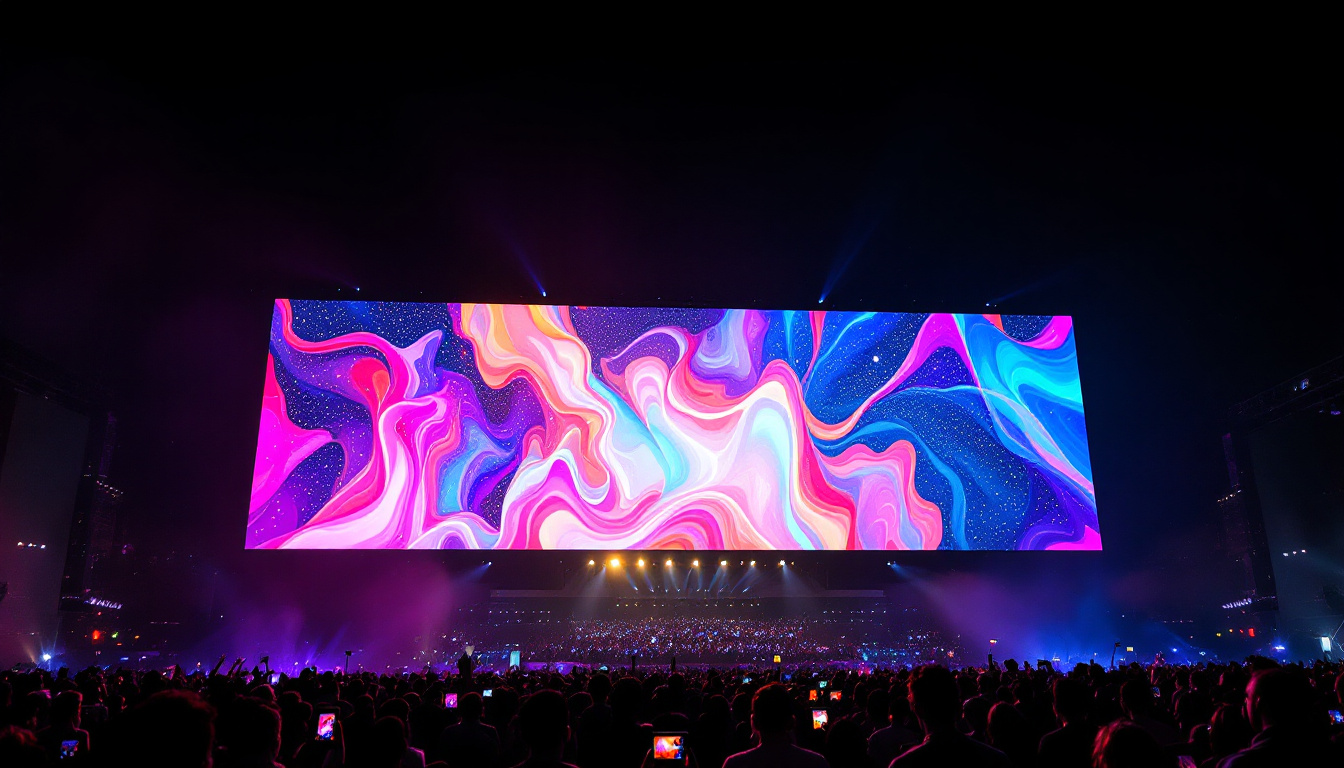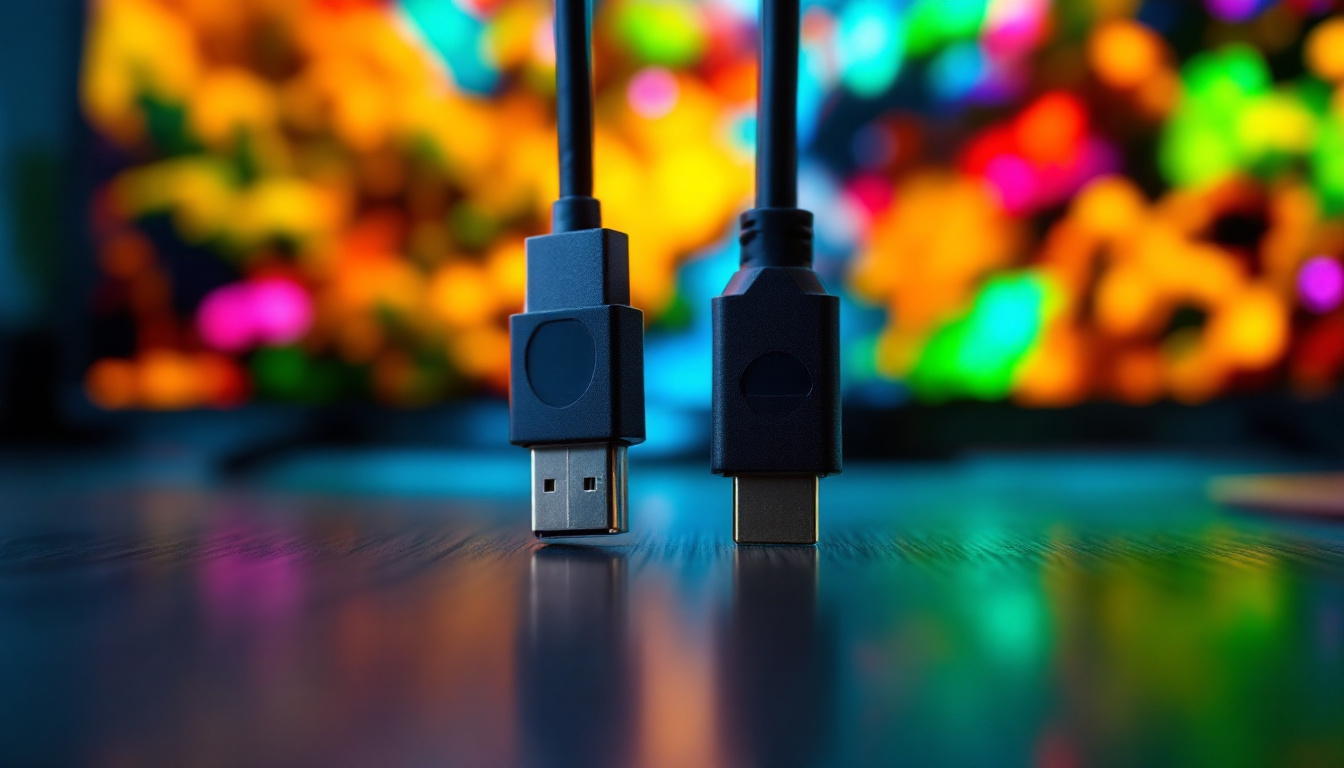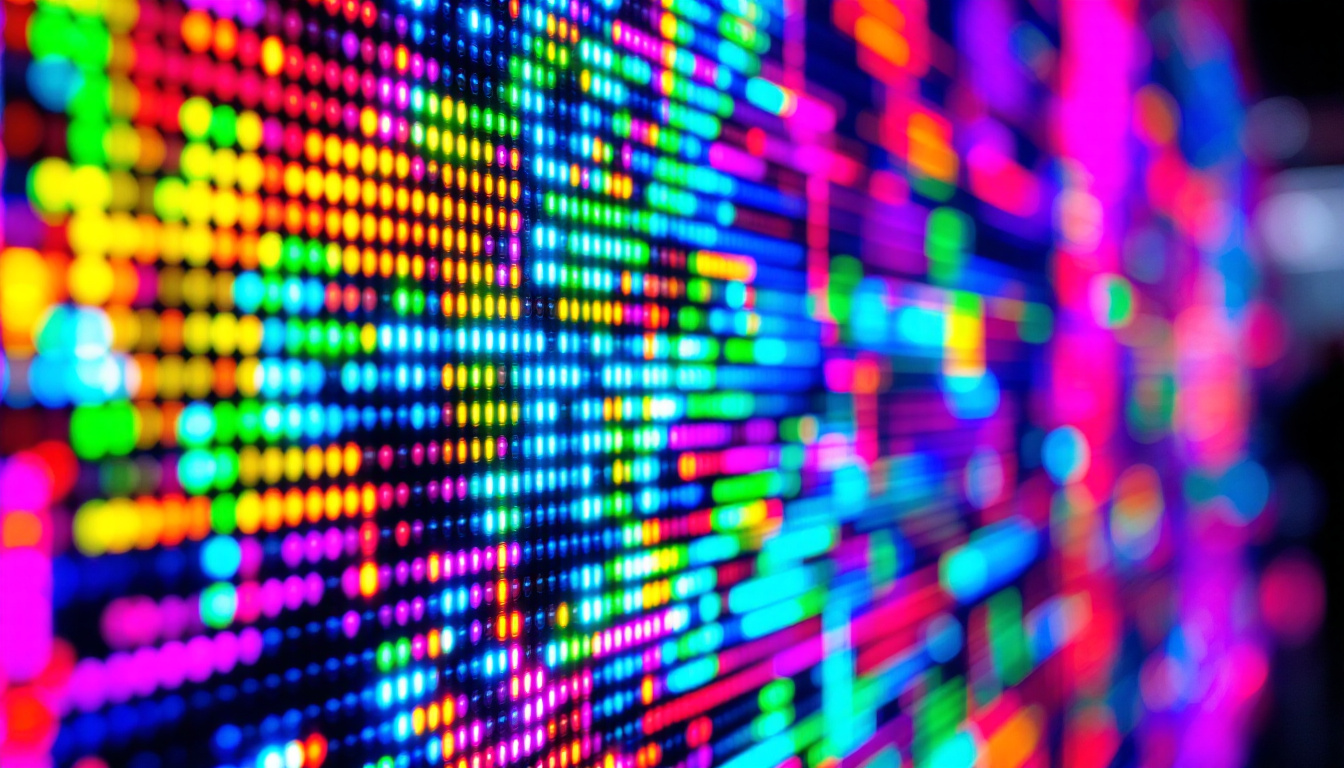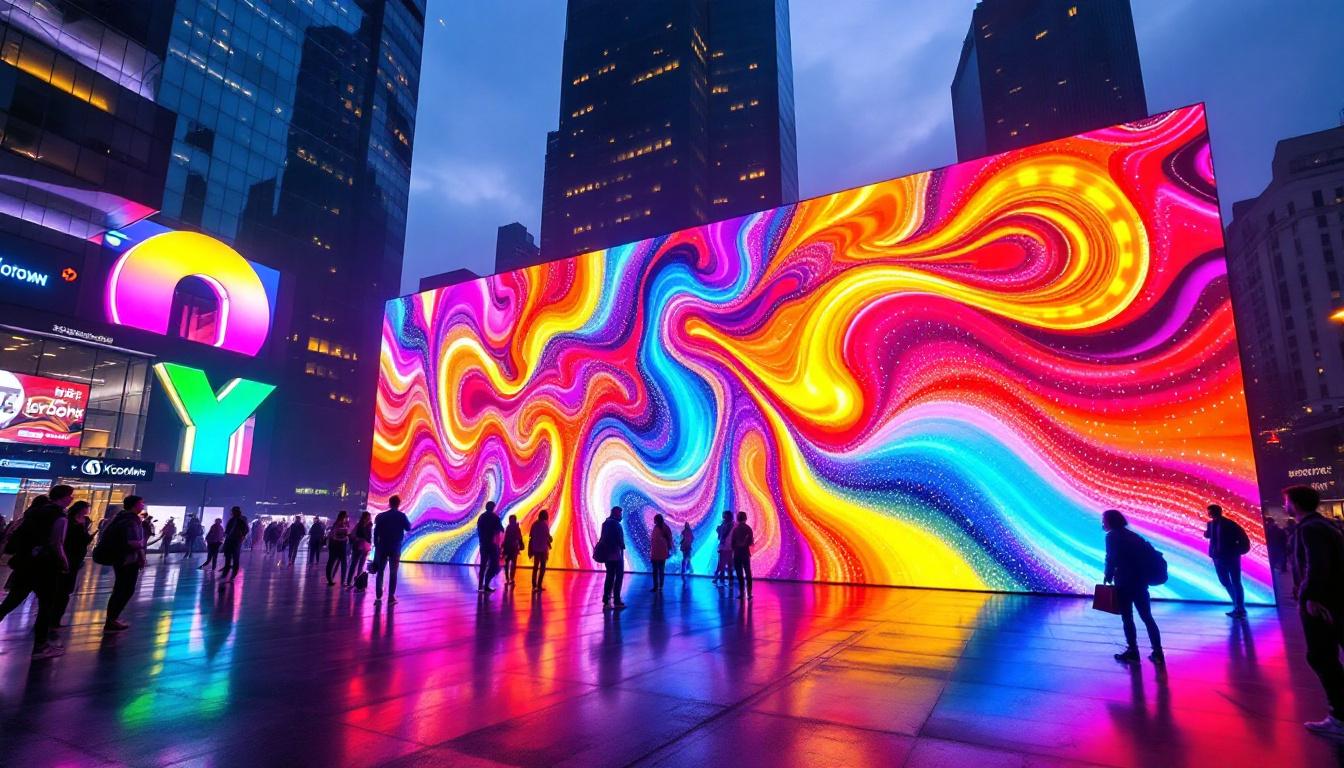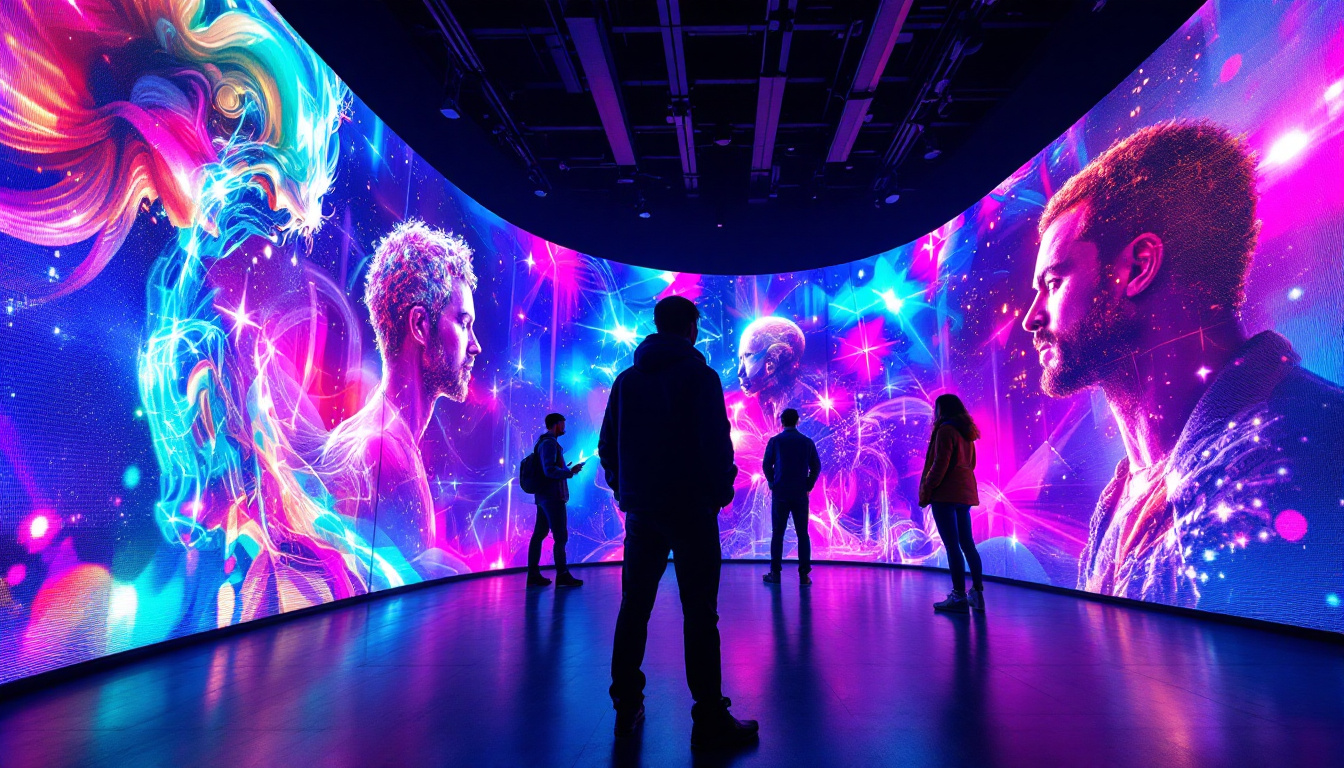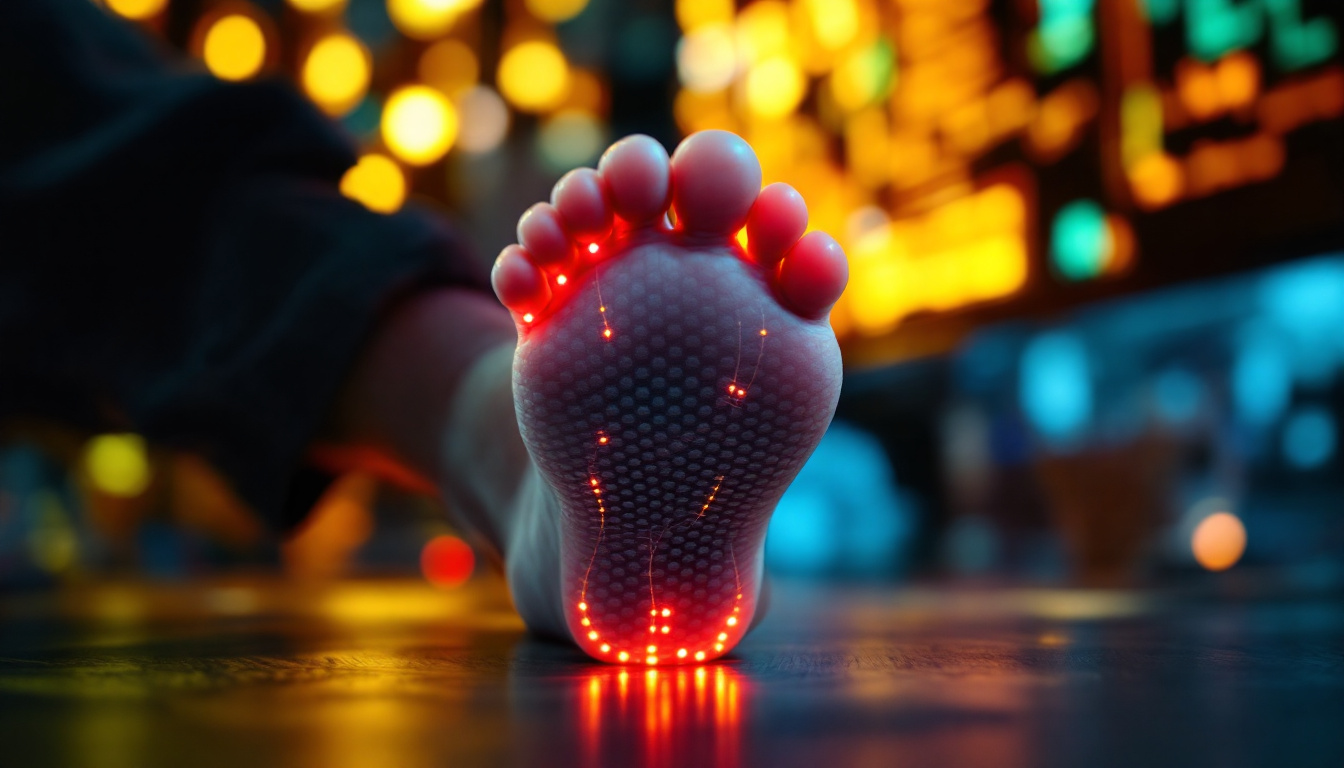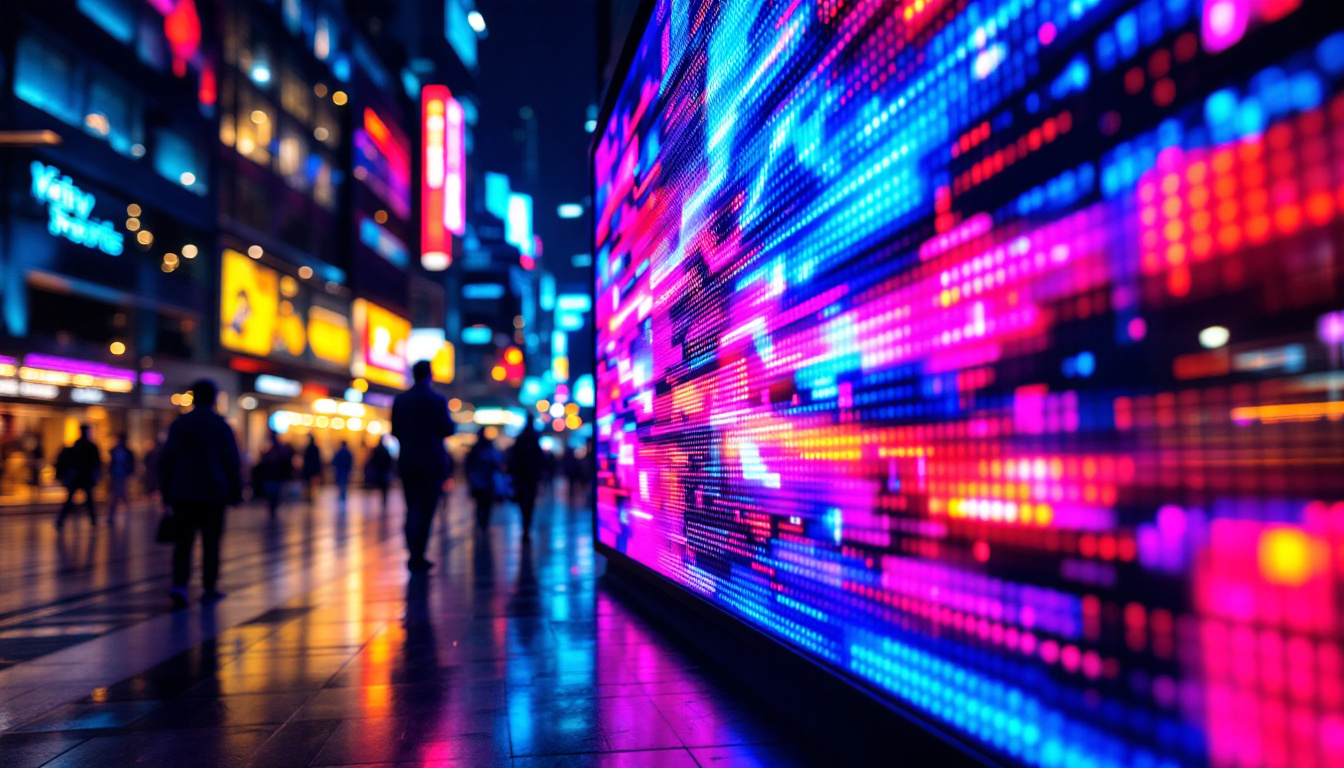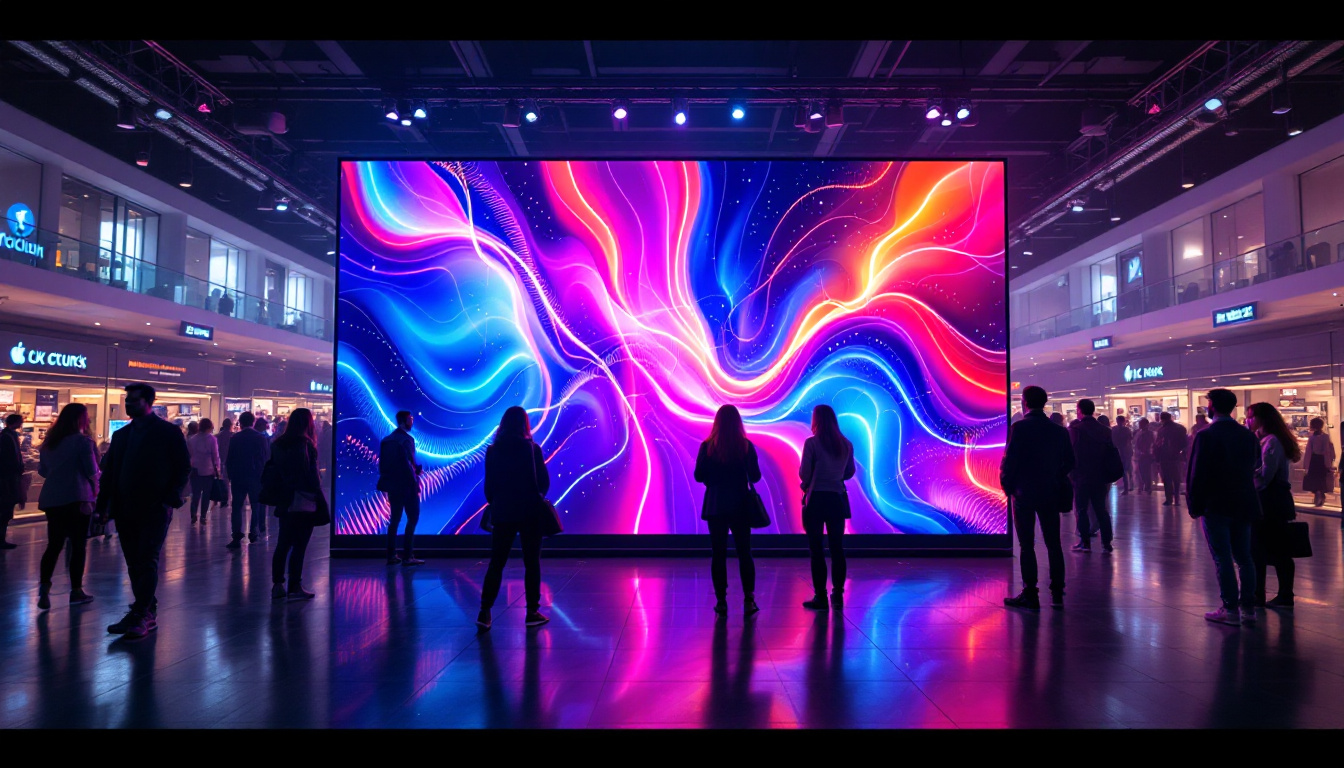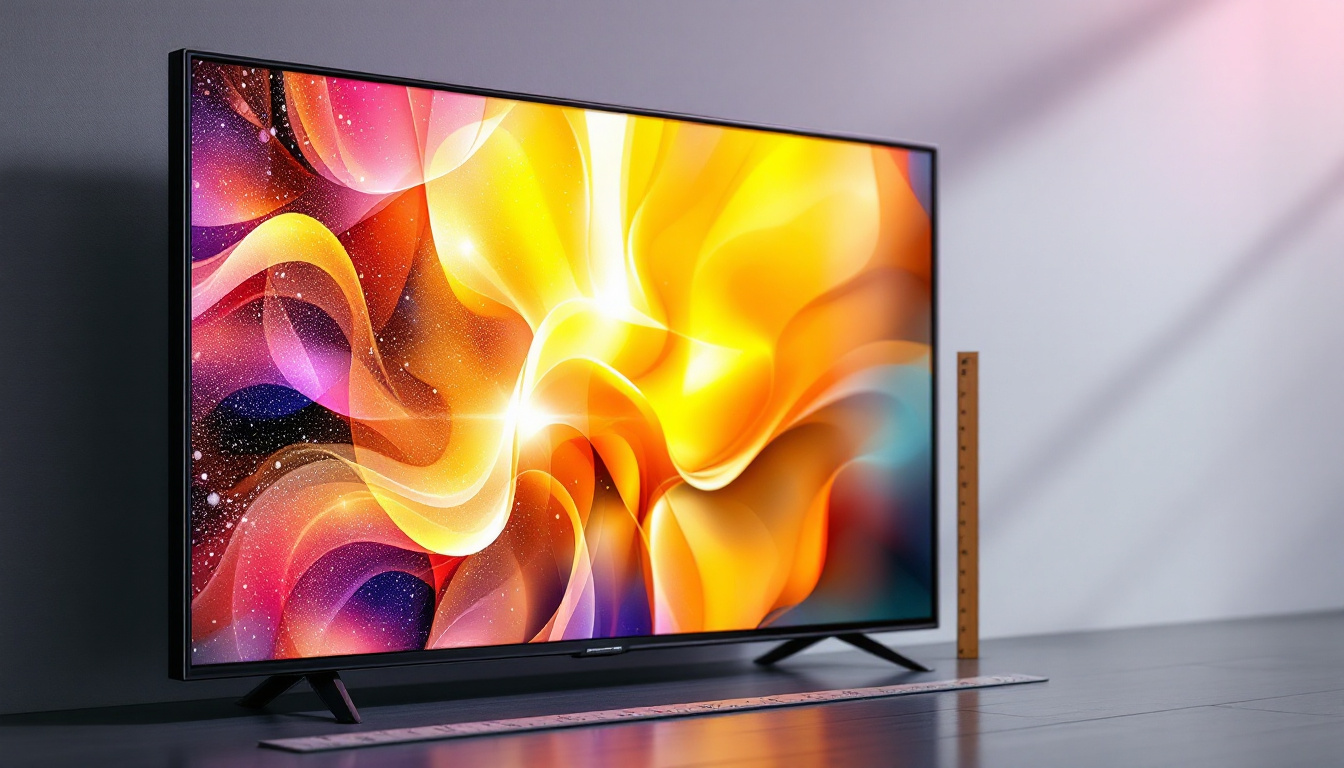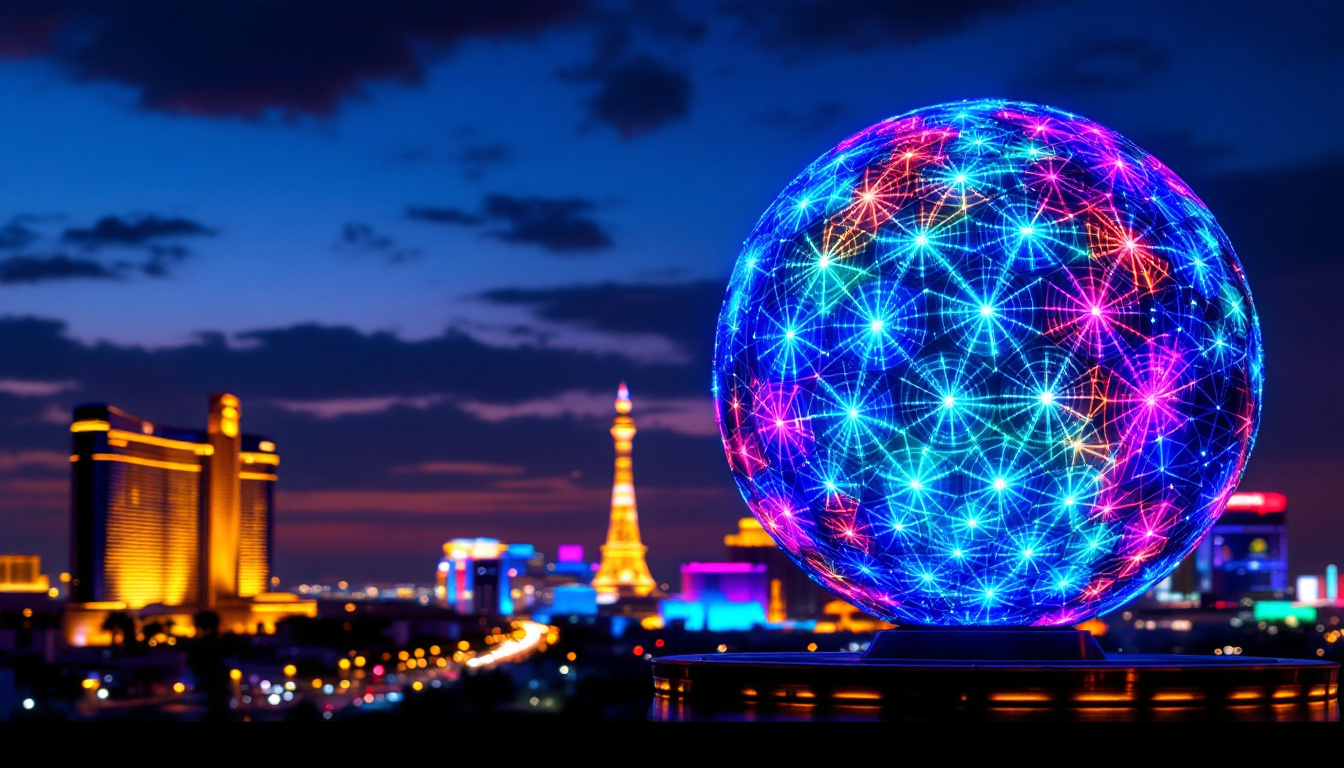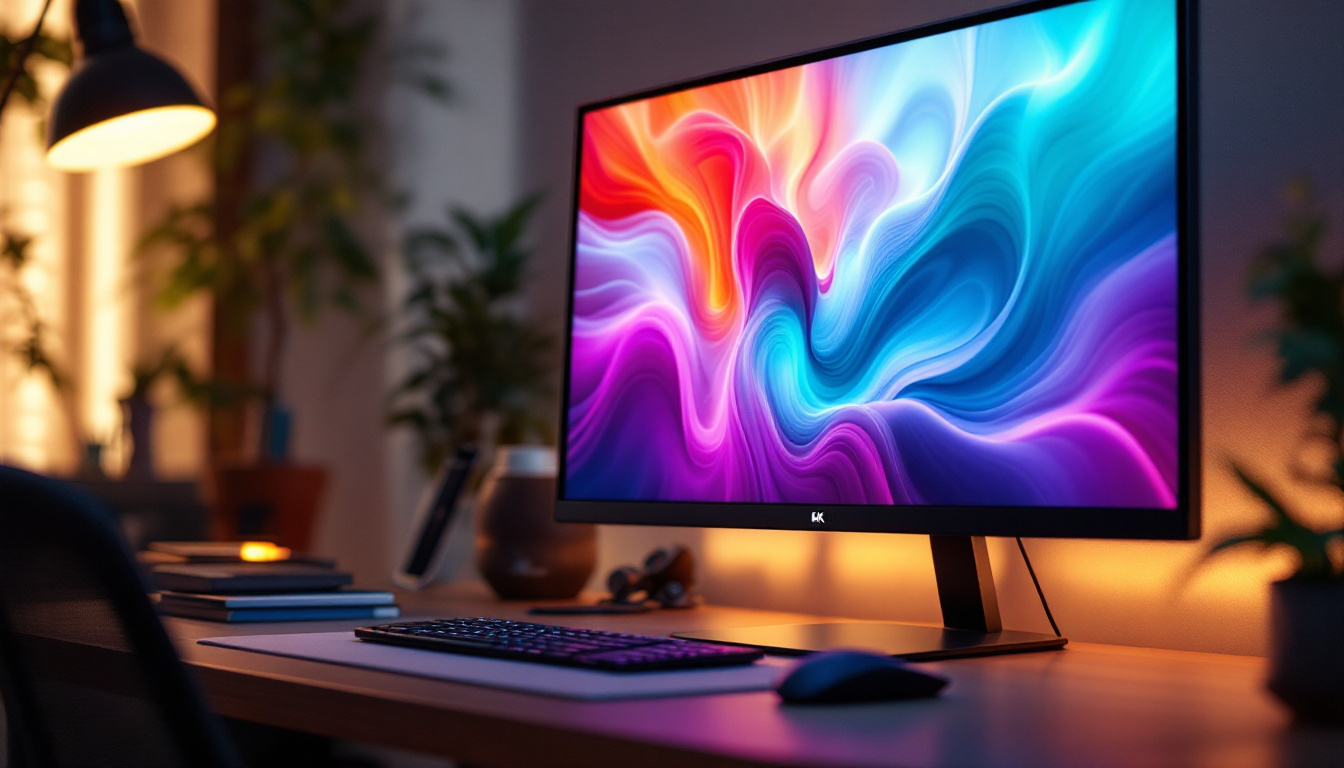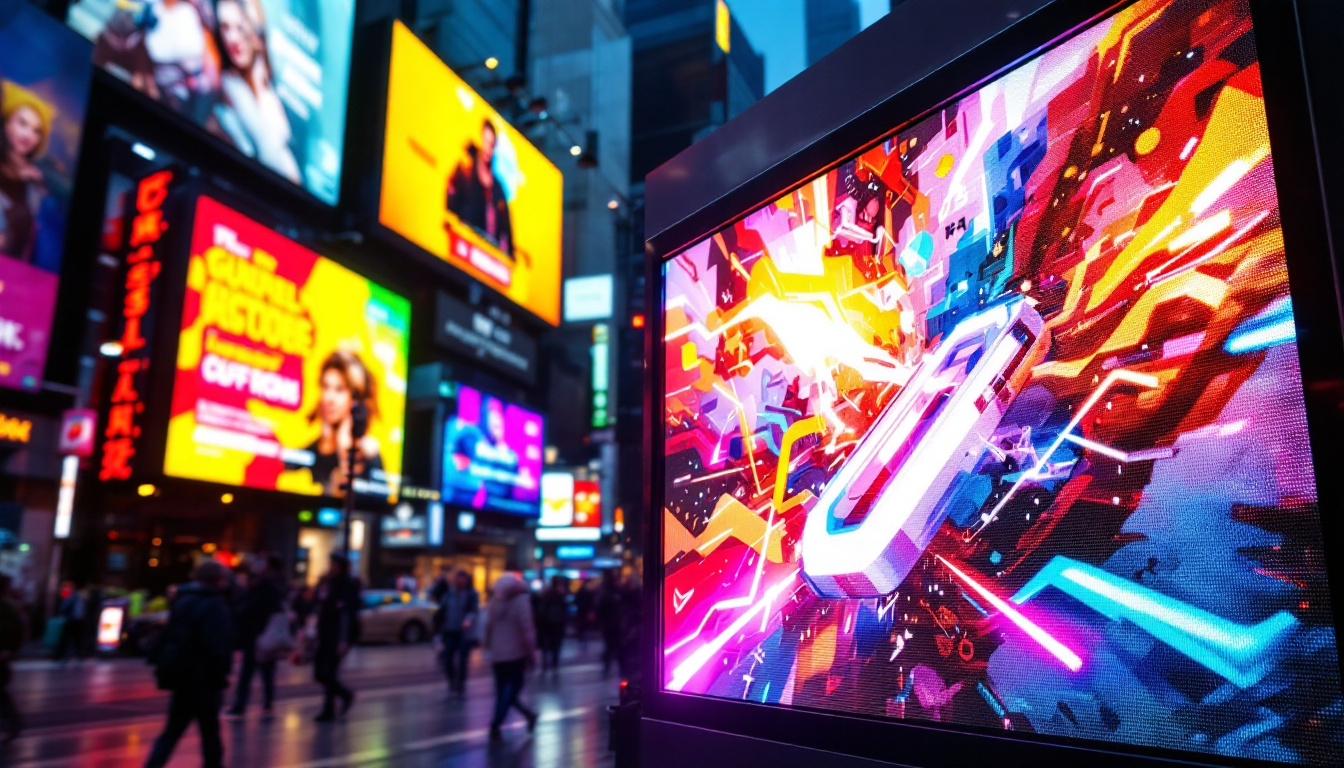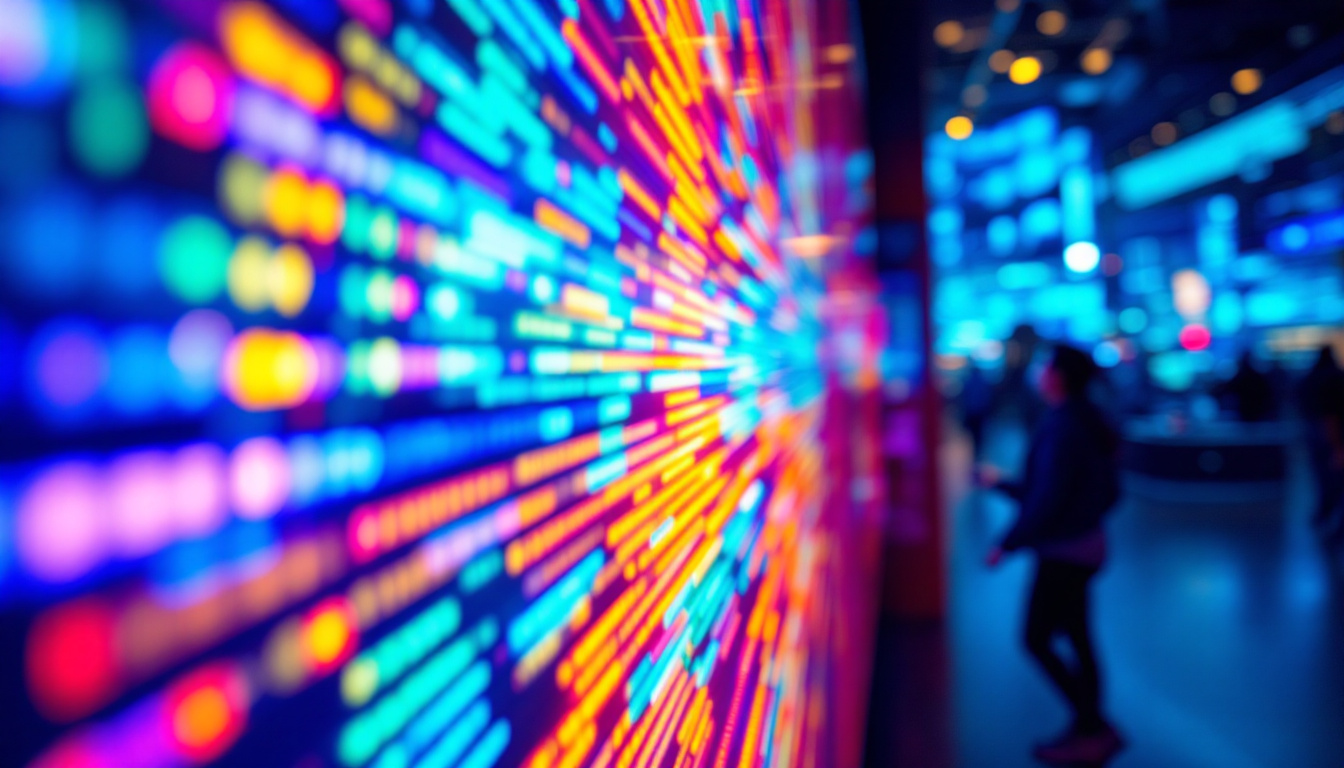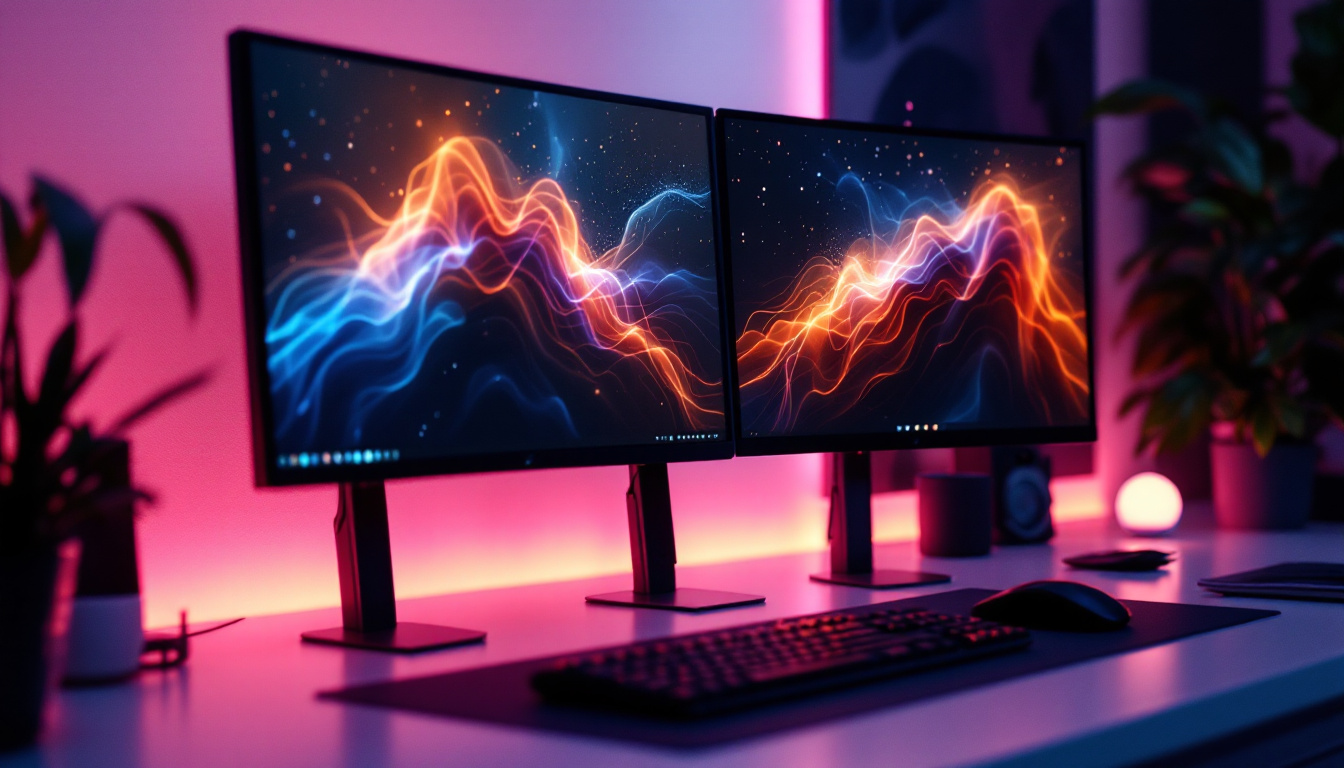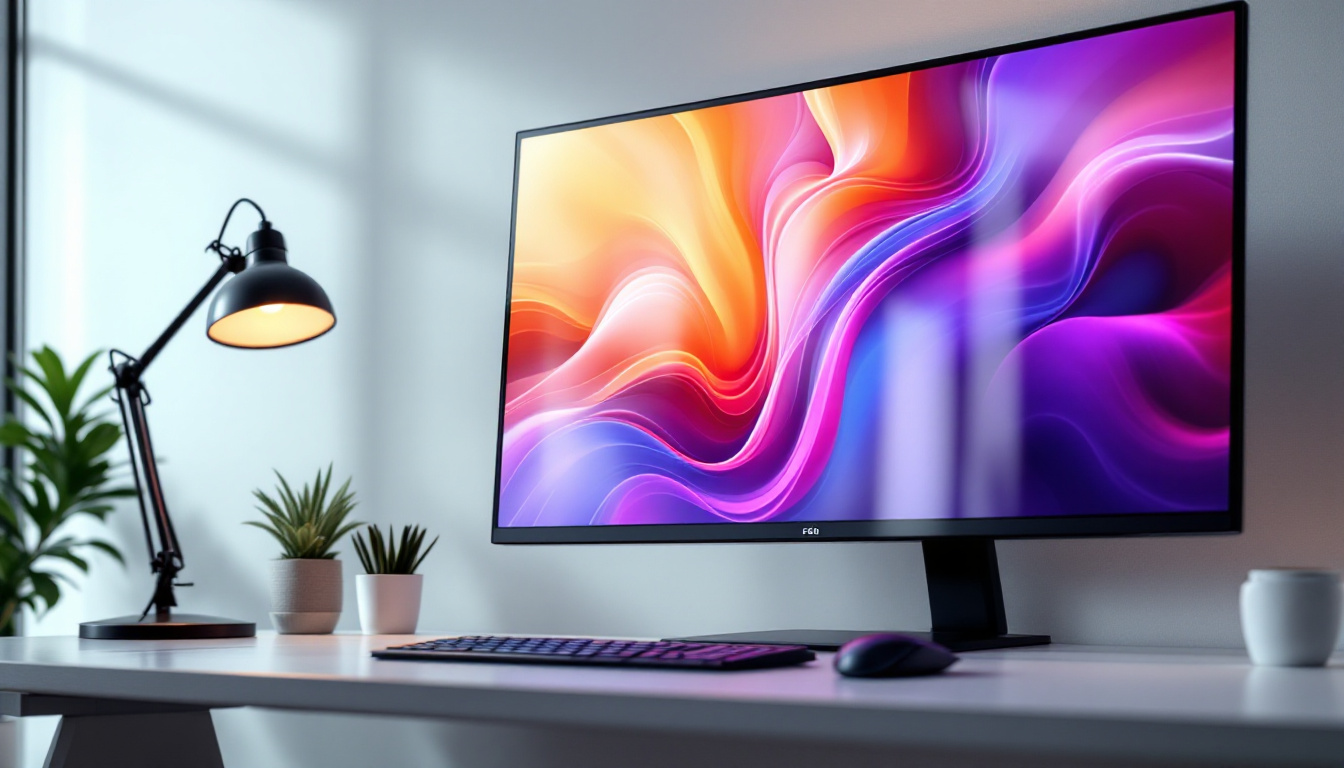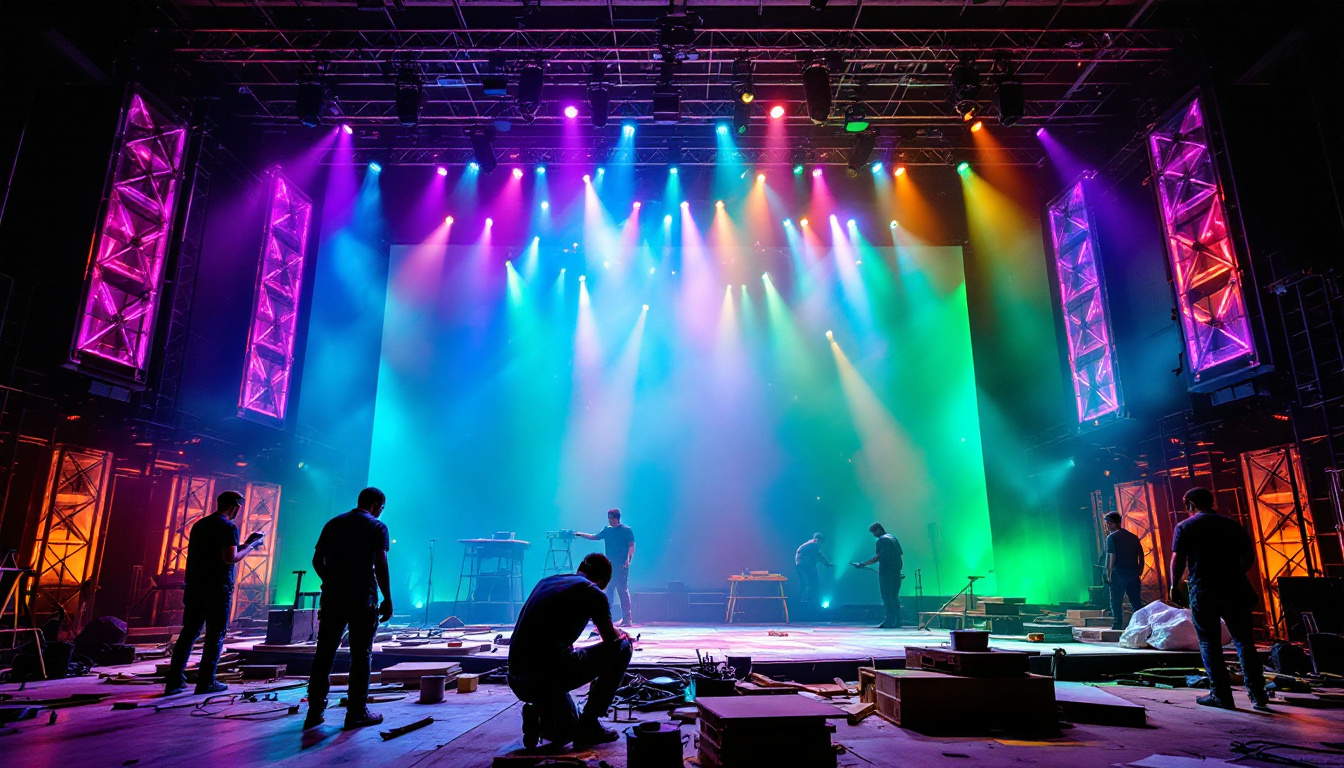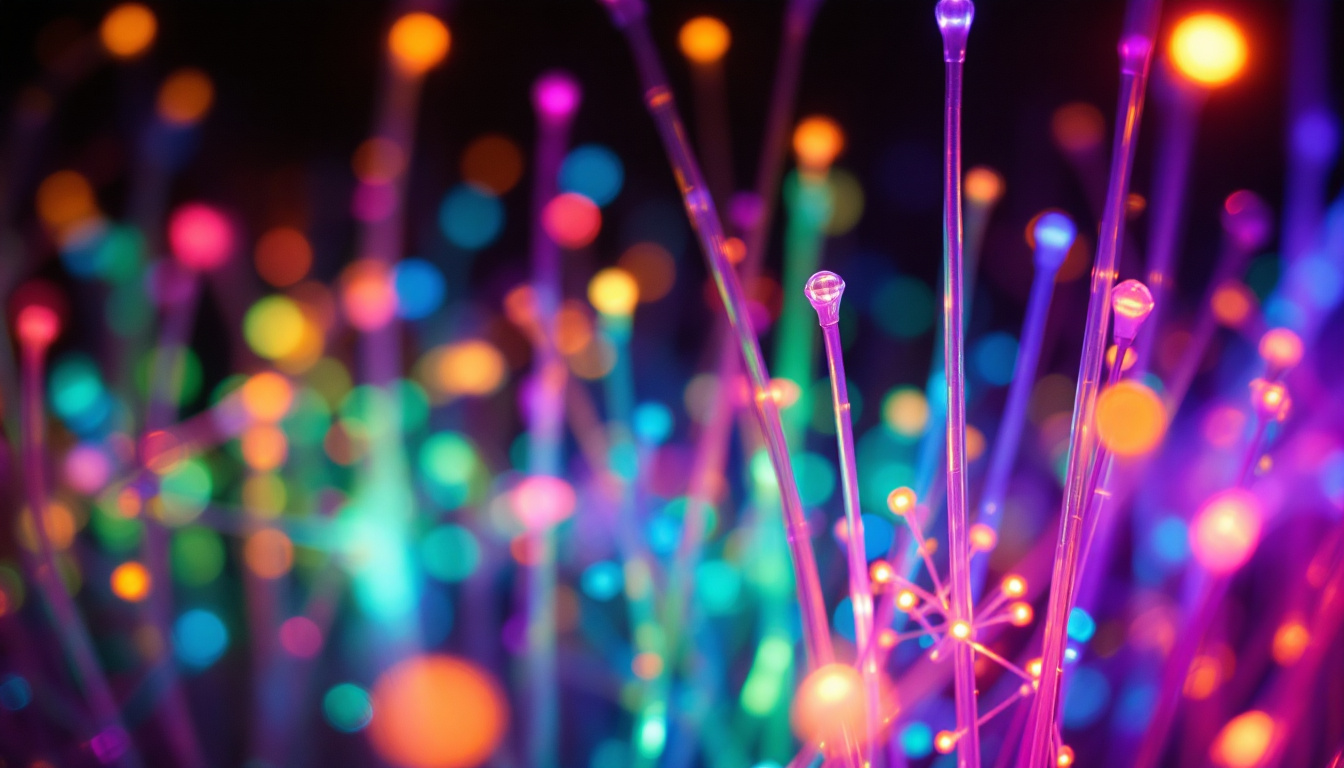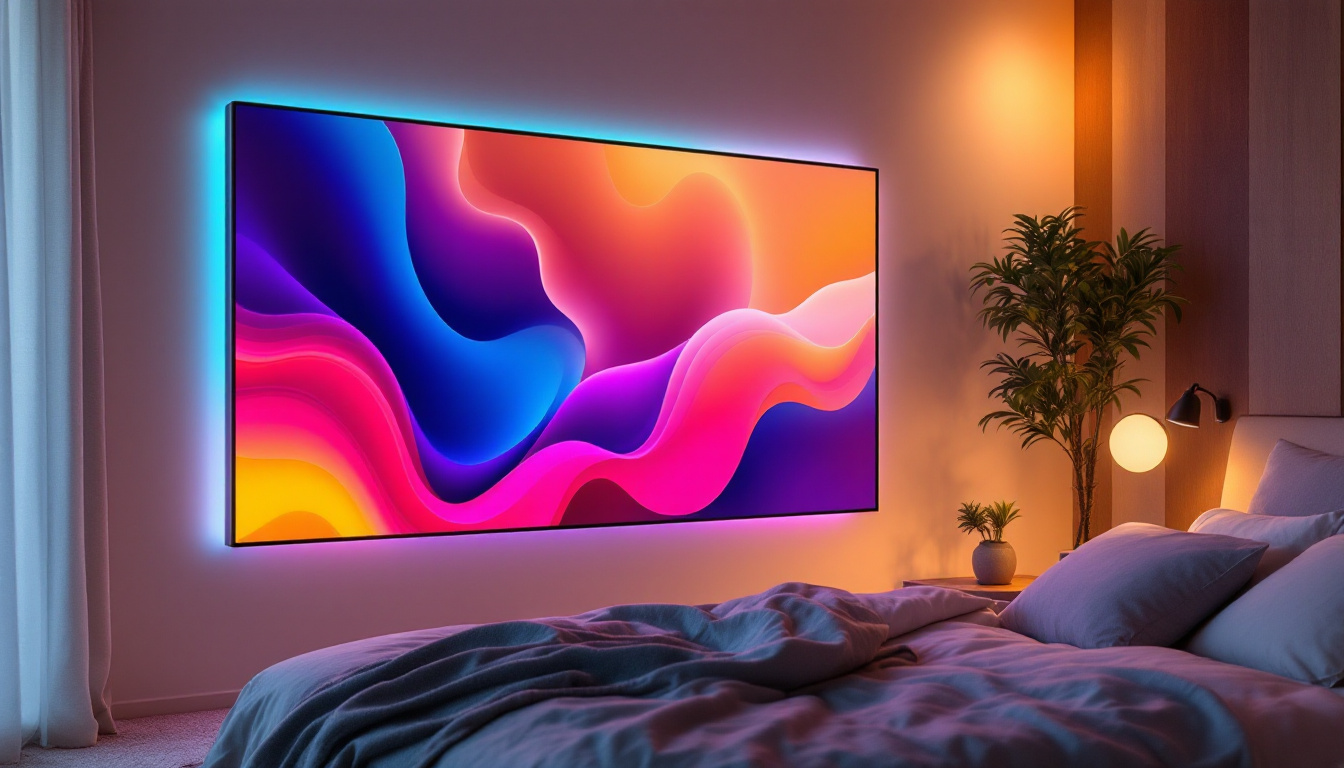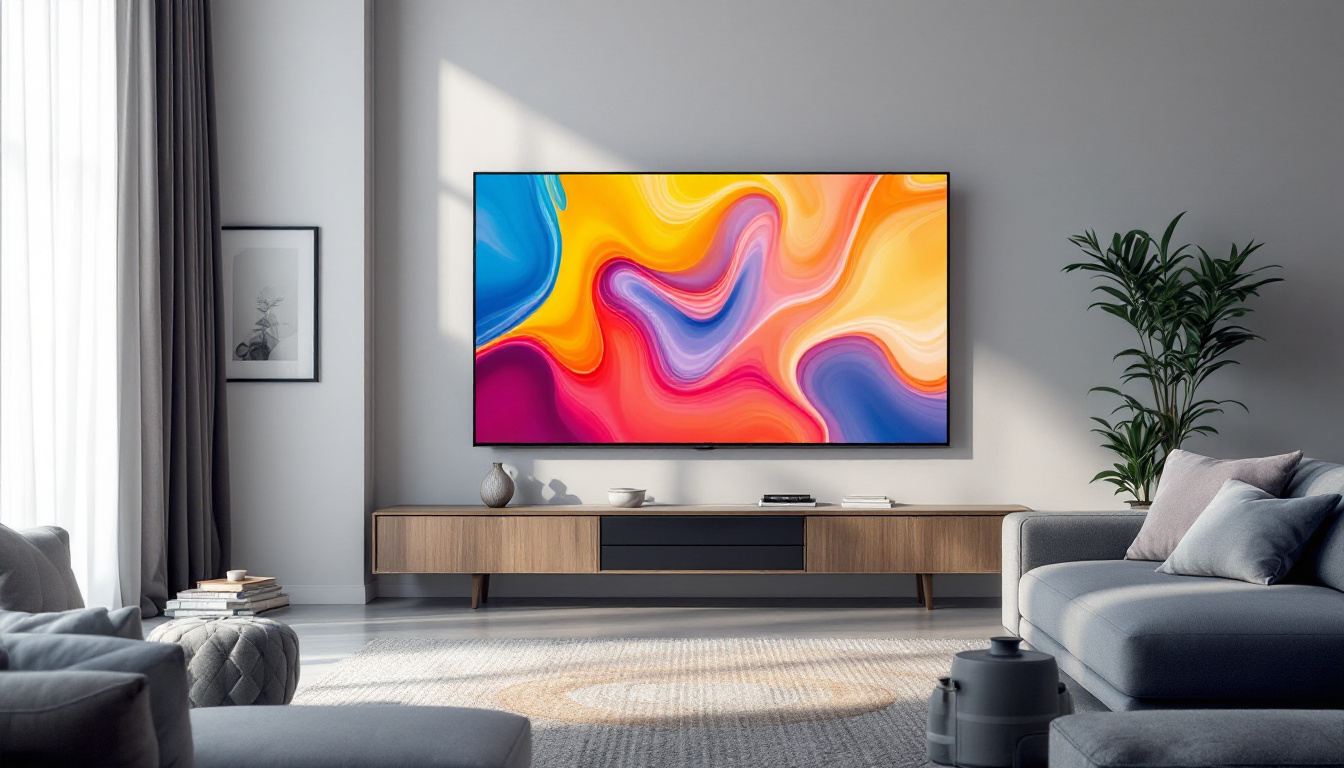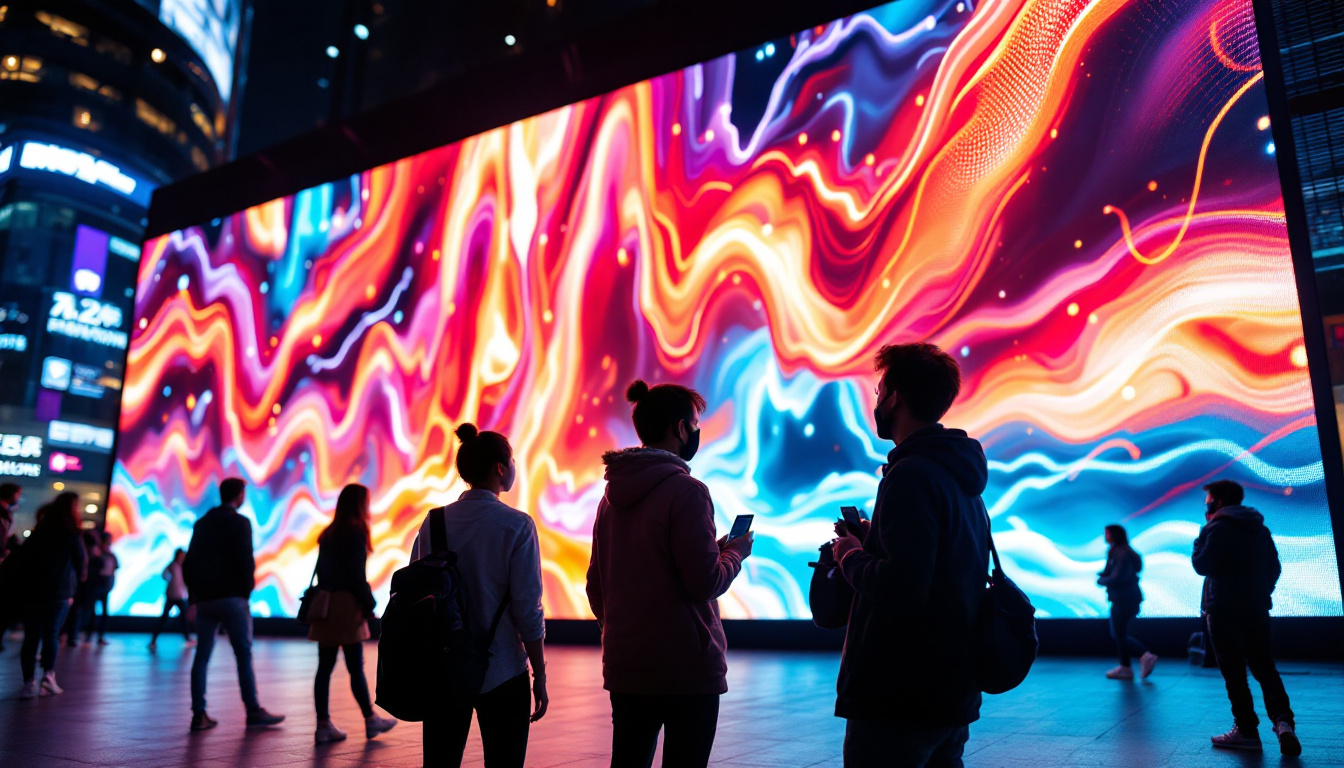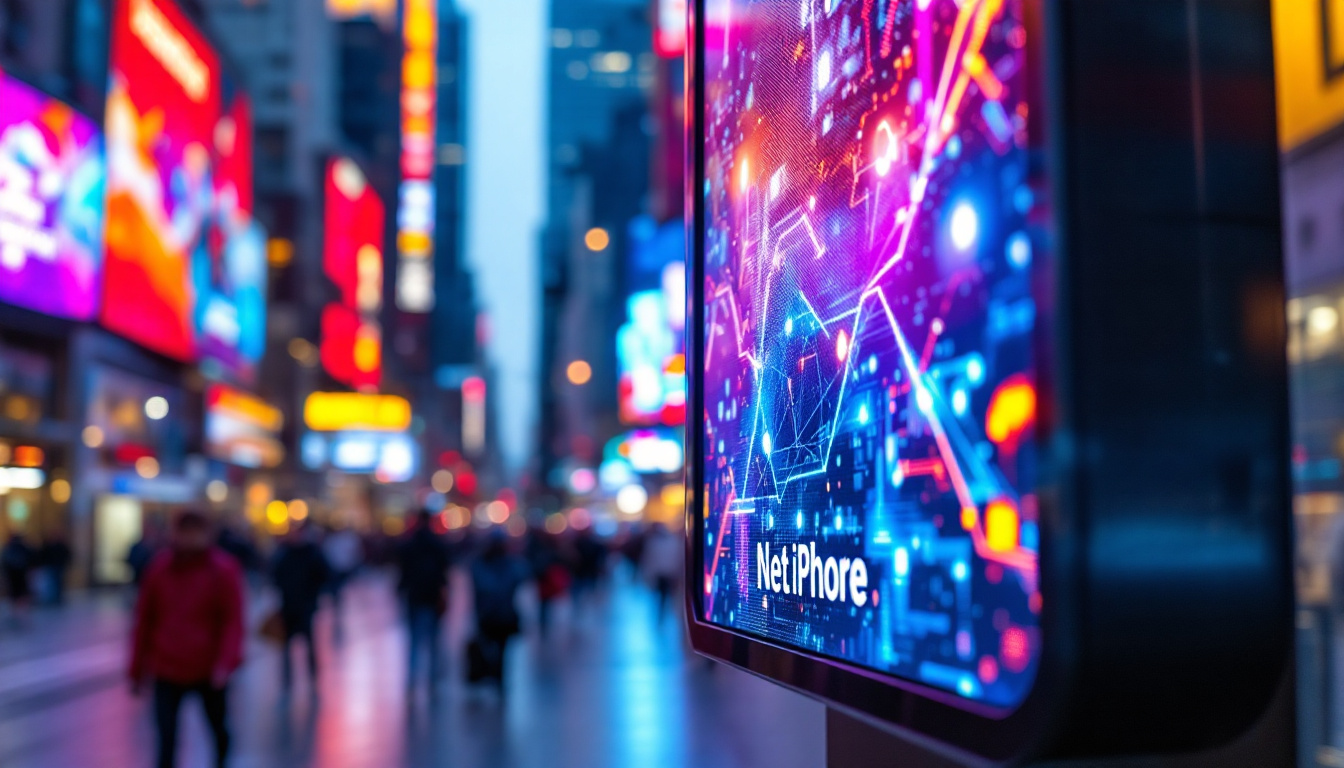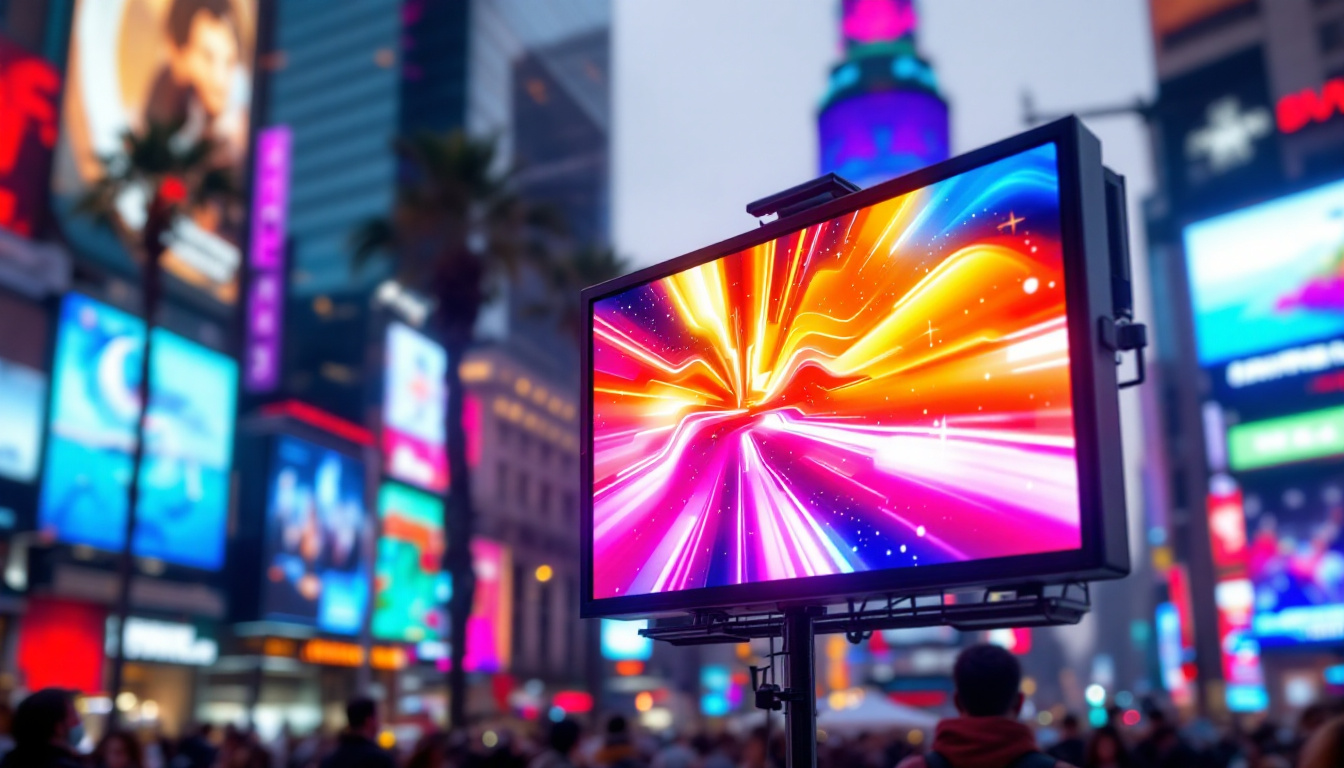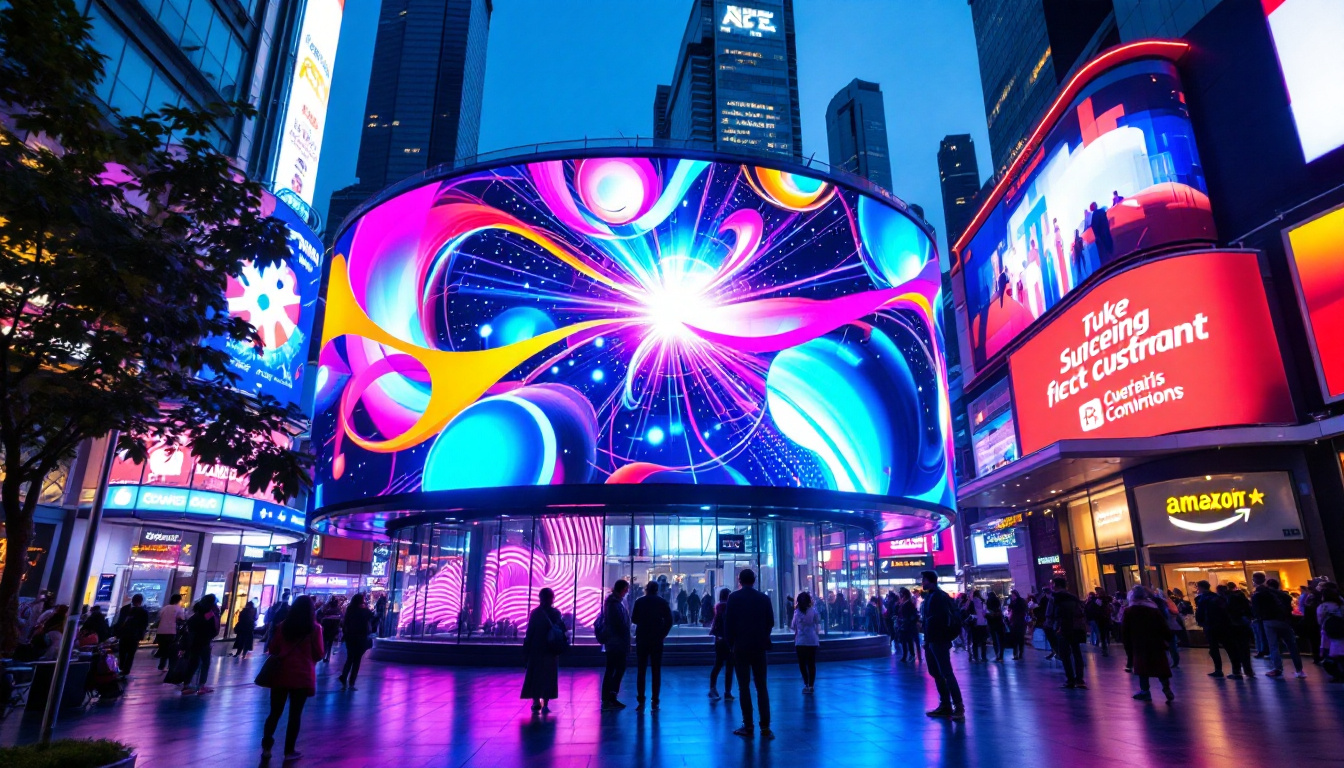The world of visual technology has seen remarkable advancements over the years, with LED displays taking center stage in various applications. Among these, the title of the largest screen in the world is a coveted accolade that showcases the pinnacle of engineering and design. This article delves into the intricacies of LED displays, their applications, and the record-holding screens that have captivated audiences globally.
Understanding LED Technology
LED, or Light Emitting Diode, technology has revolutionized the way images and videos are displayed. Unlike traditional display technologies, LED screens utilize small diodes that emit light when an electric current passes through them. This results in brighter, more vibrant colors and higher energy efficiency.
How LED Displays Work
At the core of LED display technology is the concept of pixelation. Each LED screen is made up of thousands, if not millions, of tiny pixels, each capable of producing different colors. These pixels are arranged in a grid format, and by controlling the intensity of each pixel, a wide range of images can be displayed.
The most common types of LED displays are direct view and backlit. Direct view LED displays consist of individual LEDs that form the entire image, while backlit LED displays use a panel of LEDs to illuminate a liquid crystal display (LCD) screen from behind. The former is often used for large-scale applications due to its superior brightness and color accuracy. Moreover, advancements in technology have led to the development of organic LEDs (OLEDs), which offer even greater flexibility and color range, allowing for ultra-thin displays that can be curved or bent, opening up new possibilities for design and installation.
Advantages of LED Displays
LED displays offer several advantages over traditional display technologies, making them a preferred choice for various applications. One of the most significant benefits is their energy efficiency. LED screens consume less power than their LCD and plasma counterparts, leading to lower operational costs.
Additionally, LED displays provide higher brightness levels, making them suitable for outdoor use. Their ability to produce vivid colors and deep blacks enhances the viewing experience, whether in a stadium or a bustling city square. Furthermore, LED technology is known for its longevity, with many screens lasting tens of thousands of hours before requiring replacement. This durability not only reduces maintenance costs but also minimizes waste, making LED displays a more environmentally friendly option. As technology continues to evolve, we are also seeing innovations such as smart LED displays that integrate with IoT devices, allowing for dynamic content updates and interactive experiences that engage audiences in new and exciting ways.
The Record-Breaking Screen
As of 2023, the title of the largest LED screen in the world belongs to the “LED Screen at Times Square,” located in New York City. This massive display spans over 24,000 square feet and is a stunning example of how technology can transform public spaces.
Specifications and Features
The Times Square LED screen is not only notable for its size but also for its cutting-edge technology. It boasts a pixel pitch of just 10 millimeters, allowing for high-definition images that can be viewed from a considerable distance. The screen is capable of displaying a wide range of content, from advertisements to live broadcasts, making it a versatile tool for communication and entertainment.
One of the standout features of this screen is its ability to adapt to varying lighting conditions. Equipped with advanced sensors, the display can automatically adjust its brightness based on ambient light, ensuring optimal visibility at all times. This adaptability is crucial in a location like Times Square, where the hustle and bustle of city life can create challenging viewing conditions.
In addition to its impressive technical specifications, the screen is designed with sustainability in mind. It utilizes energy-efficient LED technology that not only reduces power consumption but also minimizes its environmental impact. This commitment to sustainability reflects a growing trend in urban design, where cities are increasingly prioritizing eco-friendly innovations in public infrastructure.
Impact on the Surrounding Area
The presence of such a colossal LED screen has had a significant impact on Times Square and its surroundings. It has become a landmark in its own right, drawing millions of visitors each year who come to experience the vibrant displays and dynamic content. The screen has also contributed to the local economy, providing a platform for businesses to advertise and engage with potential customers.
Moreover, the LED screen has become a canvas for artistic expression. Various artists and designers have utilized the space to showcase their work, turning the display into a gallery that evolves with each new installation. This fusion of technology and art has further solidified Times Square’s reputation as a cultural hub.
Beyond its economic and artistic contributions, the screen plays a pivotal role in community engagement. Local events, such as New Year’s Eve celebrations and public announcements, are often broadcast live on the screen, fostering a sense of unity among the diverse crowds that gather in Times Square. This communal aspect enhances the vibrancy of the area, making it not just a tourist destination but also a vital part of New York City’s social fabric.
Other Notable Large LED Displays
While the Times Square screen holds the title for the largest, several other impressive LED displays around the world deserve mention. Each of these screens showcases the versatility and potential of LED technology in different environments.
LED Screen at the Burj Khalifa
Located in Dubai, the Burj Khalifa features an LED display that wraps around its base, creating a stunning visual experience. This screen is used for various purposes, including light shows and advertising, and has become a staple of Dubai’s extravagant nightlife.
The Burj Khalifa’s LED display is particularly renowned for its ability to create breathtaking light shows that attract tourists and locals alike. The integration of music and synchronized visuals transforms the area into a dynamic spectacle, further enhancing the allure of the world’s tallest building.
Tokyo’s Shibuya Crossing Screen
Shibuya Crossing in Tokyo is another iconic location that boasts a massive LED screen. This display serves as a focal point for one of the busiest pedestrian intersections in the world. The screen is often used for advertising, entertainment, and public announcements, making it an integral part of the Shibuya experience.
What sets the Shibuya screen apart is its ability to engage with the crowd. The display often features interactive content that encourages passersby to participate, creating a unique blend of technology and social interaction. This innovative approach has made the Shibuya screen a prime example of how LED displays can enhance urban environments.
LED Display at the O2 Arena
The O2 Arena in London features one of the largest indoor LED displays in the world. This screen is primarily used for concerts and events, providing an immersive experience for attendees. The high-resolution display enhances performances by delivering stunning visuals that complement the audio experience.
In addition to concerts, the O2 Arena’s LED screen is also utilized for sporting events and exhibitions. Its versatility makes it a valuable asset for a wide range of entertainment options, further solidifying the O2 Arena’s status as a premier venue in London.
The Future of LED Displays
As technology continues to evolve, the future of LED displays looks promising. Innovations in pixel technology, energy efficiency, and display resolution are paving the way for even larger and more sophisticated screens.
Emerging Technologies
One of the most exciting developments in LED technology is the advent of microLED displays. These screens utilize microscopic LEDs to create images, resulting in higher resolutions and improved color accuracy. MicroLED technology has the potential to revolutionize not only large displays but also consumer electronics, such as televisions and smartphones.
Additionally, advancements in flexible LED technology are allowing for screens that can bend and conform to various shapes. This flexibility opens up new possibilities for creative installations and applications, enabling designers to think outside the box when it comes to display solutions.
Environmental Considerations
As the demand for LED displays grows, so does the need for sustainable practices in their production and disposal. Manufacturers are increasingly focusing on creating energy-efficient displays that minimize environmental impact. This includes using recyclable materials and reducing waste during the manufacturing process.
Moreover, the longevity of LED displays contributes to sustainability efforts. With longer lifespans compared to traditional displays, LED technology reduces the frequency of replacements, ultimately lessening electronic waste.
Conclusion
The largest LED screen in the world is more than just a technological marvel; it represents the intersection of innovation, art, and urban culture. As cities continue to embrace LED technology, these displays will play an increasingly vital role in shaping public spaces and enhancing the way people interact with their environments.
From Times Square to the Burj Khalifa, the impact of these colossal screens is undeniable. They serve as platforms for communication, entertainment, and artistic expression, transforming the way audiences engage with visual content. As advancements in LED technology continue to unfold, the future promises even more breathtaking displays that will captivate and inspire.
In a world where visual communication is paramount, the largest LED screens stand as testaments to human creativity and technological prowess. They remind us that the sky is truly the limit when it comes to what can be achieved with light and innovation.
Illuminate Your Space with LumenMatrix
As we look towards a future illuminated by the brilliance of LED technology, LumenMatrix stands at the forefront, ready to transform your space into a beacon of visual wonder. Embrace the power of LED displays and join the revolution in visual communication with our comprehensive range of solutions, including Indoor and Outdoor LED Wall Displays, Vehicle LED Displays, and more. Whether you’re looking to captivate passersby with a Custom LED Display or engage sports fans with a dynamic LED Sports Display, LumenMatrix has the technology to bring your vision to life. Check out LumenMatrix LED Display Solutions and discover how we can help you make a lasting impression in the world of digital signage.

